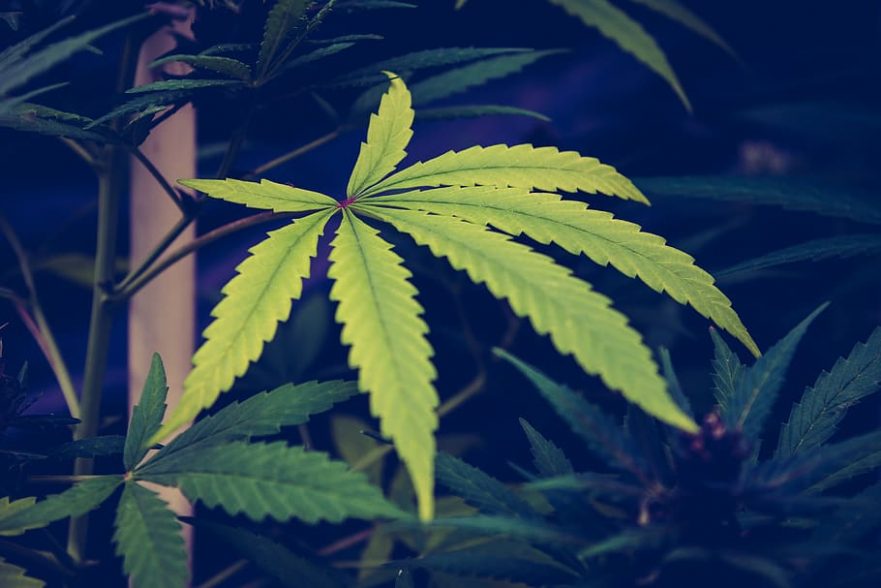Cannabis Around the World is a three-part series exploring cannabis’ history and journey around the globe – from its beginning in ancient cultures Before the Common Era, its spread and integration into new societies in the Common Era, and its current status in the governments of the modern world.
Cannabis had become well-integrated into Asian and Middle Eastern societies Before the Common Era (BCE) as reviewed in Part I of this series. As trade routes spread throughout the globe, cannabis encountered new societies, new agricultural methods, and new attitudes.
The beginning of the Common Era saw a focus on cannabis as a medicinal aid from many societies. In ancient China, one of the oldest official medical texts ever discovered, the Shennong Bencao Jing (The Classic of Herbal Medicine), describes cannabis use for pain relief. The text dictates that cannabis, which had become a major crop in the region, should be ground into paste and could be consumed topically and orally. The Chinese continued to utilize cannabis in medicine, with physicians eventually using the plant for anesthesia as well as for a variety of other disorders.
An emphasis on cannabis for medical purposes also became popular throughout the Roman Empire by the Common Era. Roman medical texts from this period explain the plant’s use for external wounds, tumors, abdominal pain, and inflammation. Writings also depict cannabis’ use recreationally as an intoxicant in the ancient Roman culture.
Cannabis also became widespread in the Middle East for its medicinal and recreational uses. Medicinally, cannabis and hemp were used to cure skin diseases, alleviate pain, and treat parasitic worms among other internal ailments. The plant also became popular as hashish, which was frequently smoked recreationally because Islam forbid alcohol, but did not explicitly ban cannabis.
Europe also saw a surge in medical cannabis use in the Middle Ages. Although their doctors warned of the dangers of the overuse of cannabis, the plant was regularly used for pain relief from headaches, earaches, and a range of internal and external conditions.
Although cannabis is not indigenous to Africa, trade with the Middle East likely spread the plant throughout the continent. Ancient cultures would smoke and eat the leaves of hemp, use the plant ritualistically, or as an intoxicant. As colonization by Western powers spread, so did the reach of cannabis.
As the world continued to grow and trade expanded, cannabis became a popular commodity to trade between cultures. Valued for its pharmaceutical uses and intoxicating properties, the plant quickly spread to all corners of the ancient world, even crossing oceans to reach North and South America.
Passing through Africa, the Spanish brought cannabis and hemp across the Atlantic Ocean to South America. When Christopher Columbus brought a shipload of resources to the ‘New World,’ cannabis or hemp were onboard. Traded for its ability to make ropes and sails, the plant was valued for its textile properties by the Spanish – although they frowned upon its use as an intoxicant.
From there, the Spanish introduced cannabis and hemp to Mexico. Although limitations were placed on production in an attempt to prevent the plant’s use recreationally, cannabis thrived and crops multiplied. Cannabis grew wildly throughout Mexico and was commonly smoked in pipes or infused into meals and desserts. Curandero, or healers, frequently prescribed the herb, both orally and topically, promising to cure an array of physical and spiritual ailments.
It wasn’t long before cannabis made its way into what is now the United States – starting with Mexico’s introduction of the crop into California. In the early 1800s, more than 200,000 pounds of hemp were produced annually in California alone. Although the Mexican Revolution significantly slowed the production of hemp in the state, it also spurred an influx of Mexican immigrants into the United States – which instigated an increase in cannabis use in the U.S. (For more information on cannabis in U.S. history, check out our previous article, Cannabis: The Past, Present, and Predictions for the Future)
The United States and Mexico were not the only North American countries to see early cannabis and hemp use. Researchers believe that the first North American hemp field was introduced and planted in modern-day Nova Scotia by French colonists, and that by the 1800s, free hemp seeds were supplied to farmers by the government in an attempt to stimulate the economy. While early Canadians valued the textile abilities of the plant they criminalized it by the mid-1900s.
Although cannabis had been well-established in the world for centuries, attitudes toward the plant began to deteriorate across the globe. Countries that once accepted cannabis as a medicinal and spiritual aid, now persecuted it as a danger to society in the 20th century – including the United States, Canada, the United Kingdom, China, and many countries throughout the Middle East.
While cannabis is still illegal in most of the world, times are changing, and perspectives toward the plant are beginning to change drastically. The decriminalization of cannabis is becoming a popular idea with countries like Canada and Australia embracing medical and recreational cannabis. Although its not as accepted as it once was, it might not be long before cannabis reemerges as a staple agricultural crop and a common commodity.

